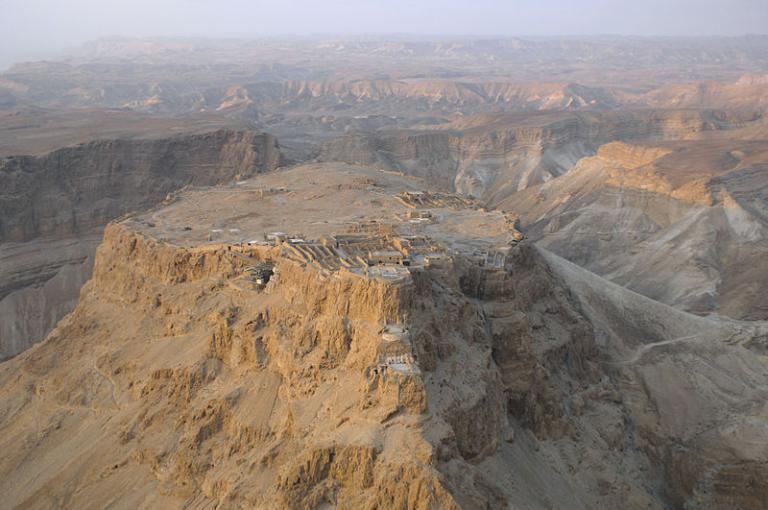
Stephen O. Smoot presses forward with his critique of a major “Heartlander” publication:
“A Review of the Annotated Edition of the Book of Mormon (Part 3A)”
***

Our principal “substantive” visits today were to Qumran, where the Dead Sea Scrolls were discovered, and to Masada, where, following a two-year-long siege, it’s likely that the Qumran community met its end.
Here’s a snippet from the supposed final speech of the Zealot leader at Masada, Elazar Ben Yair, as it’s given in Josephus’s The Jewish War:
“Brave and loyal followers! Long ago we resolved to serve neither the Romans nor anyone other than God Himself, who alone is the true and just Lord of mankind. The time has now come that bids us prove our determination by our deeds. We have never submitted to slavery, even when it brought no danger with it. We must not choose slavery now, and with it penalties that will mean the end of everything if we fall alive into the hands of the Romans. God has given us this privilege, that we can die nobly and as free men and leave this world as free men in company with our wives and children.”
According to Josephus, the Jewish defenders of Masada killed their wives and children and each other rather than submit to the Roman yoke.
I sometimes refer to Masada as “God’s anvil,” and it was in fine form today at about 115 degrees (and perhaps somewhat higher than that). Nonetheless, I think that our group enjoyed it and found it fascinating. Qumran was also quite hot, and we tried to be very efficient in our use of outdoor time there.
We had lunch at Ein Bokek, where most of the group also took the opportunity to “swim” (really, to float) in the Dead Sea. It’s a very odd experience. Laden with so much salt and so many minerals, the water simply doesn’t behave the way we’re accustomed to it behaving.
Posted from Jerusalem, Israel










